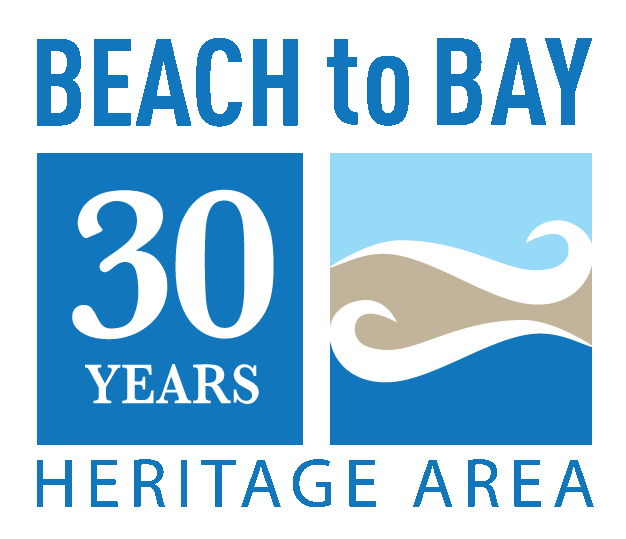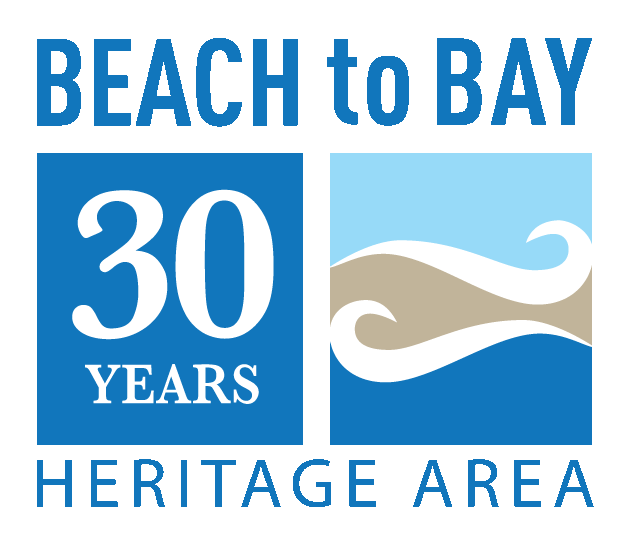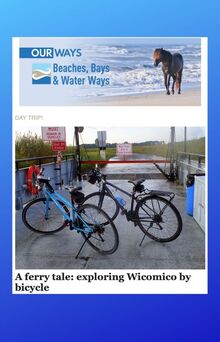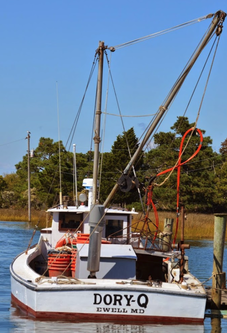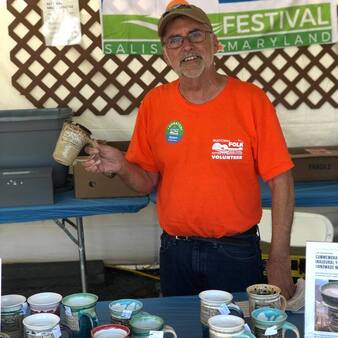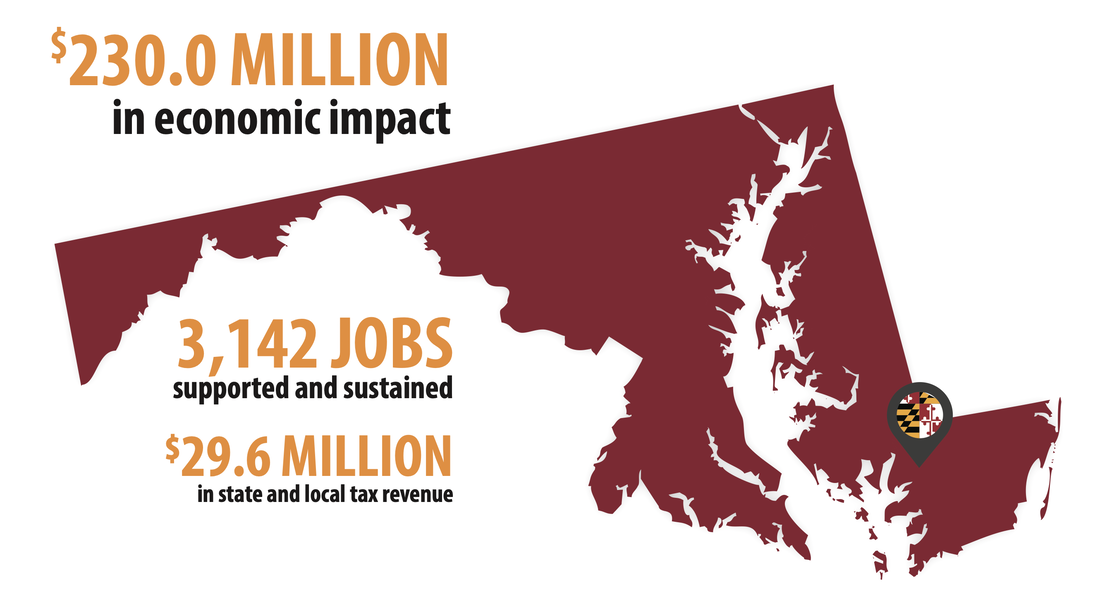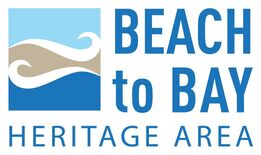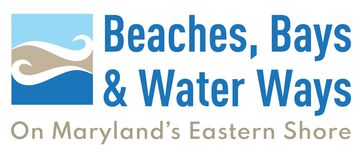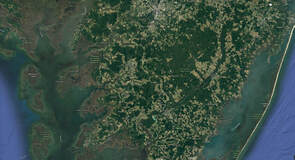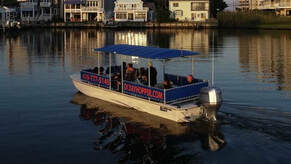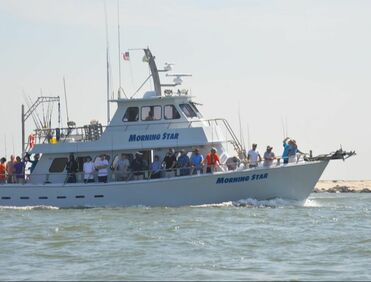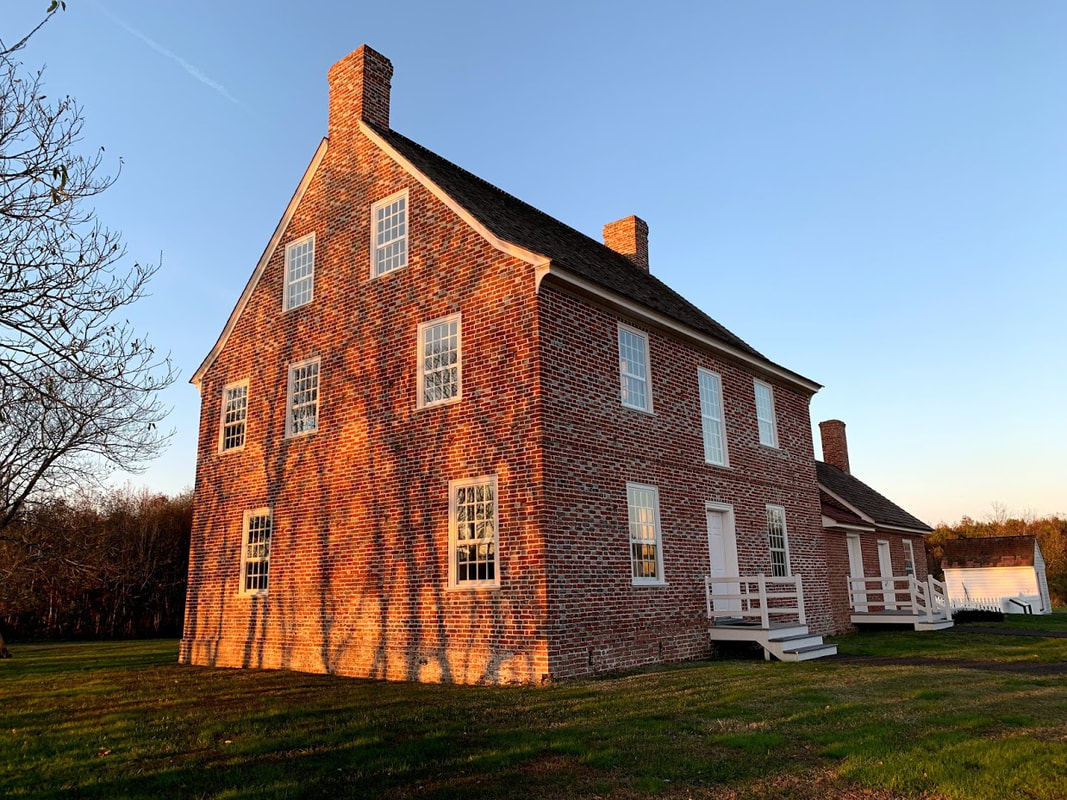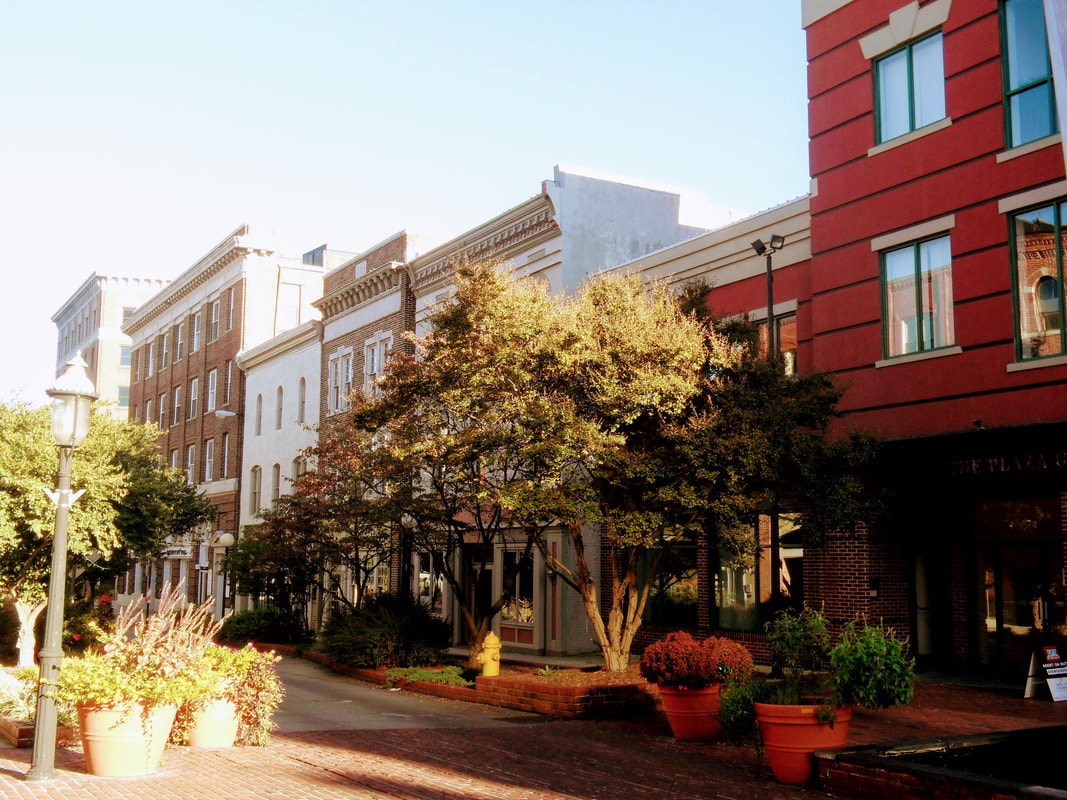Help Support Our African American Heritage Project
Please consider supporting our efforts and receiving your tax exemption.
Our Story Mapping Project
|
Check out our new Story Mapping project! Story mapping is a technique that uses GIS technology to visualize content or stories along two dimensions:
• activities or steps of the journey • stories and content that support each activity This site offers several maps showing visitors museums, water trails, byways, historical markers, historic places, public art, arts & entertainment districts, and other categories to explore within the Beach to Bay Heritage Area! All of this helps create a more holistic view of the Lower Shore for both visitors and locals! |
Check Out Our Museum Passports!
|
Our new Museum Passport program has launched and are available at several historic sites and museums on the Lower Eastern Shore and include information on sites such as:
|
Rarely Told Stories of the Eastern Shore
Maryland's Eastern Shore is full of secrets to uncover and many of its own residents find themselves surprised about our less recognized history. These short audio documentaries tell tales of our heritage like San Domingo, Furnace Town, Assateague, and the Crisfield Protests of 1961. Rarely Told Stories of the Easter Shore aims to shed light on our underappreciated history. Check out the entire collection and learn something new about the Shore!
Celebrating 30 Years
|
Music: “Tonight At Eight” Shane Ivers (https://www.silvermansound.com)
Licensed under Creative Commons: By Attribution 4.0 License http://creativecommons.org/licenses/by/4.0/ |
The Beach to Bay Heritage Area will be celebrating our 30th anniversary in 2024! We have continued to strive to expand our programs, special projects and offerings to our region. It’s our mission to promote, preserve and protect the cultural heritage, historical linkages and natural assets of Maryland’s lower eastern shore. We had many high points in 2023. Together we: Created and expanded African American interpretive materials, received record funding from federal, state and local governments and private foundations, hired a half-time AmeriCorps Volunteer, and raised positive awareness about the Lower Eastern Shore! Click our 2023 Year in Review Video to see some more exciting accomplishments from last year! |
Learn more about the Beach to Bay Heritage Area
Why Become a Member?
Michael Day |
Here is what Michael Day, Chair of the Salisbury Arts & Entertainment District and previous Economic Development Officer for Pocomoke, Berlin, and Snow HIll has to say...Not only does the Beach to Bay Heritage Area support the economic vitality of the lower shore’s heritage community, it also creates a great networking opportunity for all the organizations to keep in touch with and support each other.
|
Chesapeake Country Added as All American Road |
Beach to Bay Heritage Area Impact Study Released
Annual Report 2023

The Beach to Bay Heritage Area will be
celebrating our 30th anniversary in 2024! We
have continued to strive to expand our programs,
special projects and offerings to our region.
It’s our mission to promote, preserve and protect
the cultural heritage, historical linkages and
natural assets of Maryland’s lower eastern shore.
We had many high points in 2023:
• Created and expanded African American
interpretive materials
• Received record funding from federal, state
and local government and private foundations
• Took advantage of marketing dollars to create
positive awareness
• Hired a half-time AmeriCorps Volunteer
As we look to 2024, we have a lot of new
projects in the works, including the development
of a museum passport, certified interpretive
guide training and the development of more
public murals.
We will continue to stay on course with our
five-year strategic plan as our guiding principle,
allowing us to chart our course for the future and
continue to elevate, celebrate and sustain the
stories, traditions and natural heritage of the
Beach to Bay Heritage Area.
We hope you’ll be able to take part in one or more
of our programs and projects and learn firsthand
the pride we take in showcasing our heritage!
celebrating our 30th anniversary in 2024! We
have continued to strive to expand our programs,
special projects and offerings to our region.
It’s our mission to promote, preserve and protect
the cultural heritage, historical linkages and
natural assets of Maryland’s lower eastern shore.
We had many high points in 2023:
• Created and expanded African American
interpretive materials
• Received record funding from federal, state
and local government and private foundations
• Took advantage of marketing dollars to create
positive awareness
• Hired a half-time AmeriCorps Volunteer
As we look to 2024, we have a lot of new
projects in the works, including the development
of a museum passport, certified interpretive
guide training and the development of more
public murals.
We will continue to stay on course with our
five-year strategic plan as our guiding principle,
allowing us to chart our course for the future and
continue to elevate, celebrate and sustain the
stories, traditions and natural heritage of the
Beach to Bay Heritage Area.
We hope you’ll be able to take part in one or more
of our programs and projects and learn firsthand
the pride we take in showcasing our heritage!
OUR PLACE
Maryland’s Lower Eastern Shore - a three-county, parallelogram-shaped area bordered by the Atlantic, Chesapeake, Delaware and Virginia – is a place of incomparable 'shore-scapes,' storied spiritual history and culture defined by water.
The region’s economy, once powered by agriculture and fishing, expanded in the twentieth century to include centers of recreation, relaxation and higher education.
With a year-round population of 185,000, the area boasts 1,235 miles of shoreline set against a mostly rural backdrop.
Residents are concentrated in a few jurisdictions, including the state’s only ocean resort, the Salisbury metropolitan region, historic small towns, and islands.
The region’s economy, once powered by agriculture and fishing, expanded in the twentieth century to include centers of recreation, relaxation and higher education.
With a year-round population of 185,000, the area boasts 1,235 miles of shoreline set against a mostly rural backdrop.
Residents are concentrated in a few jurisdictions, including the state’s only ocean resort, the Salisbury metropolitan region, historic small towns, and islands.
OUR STORY
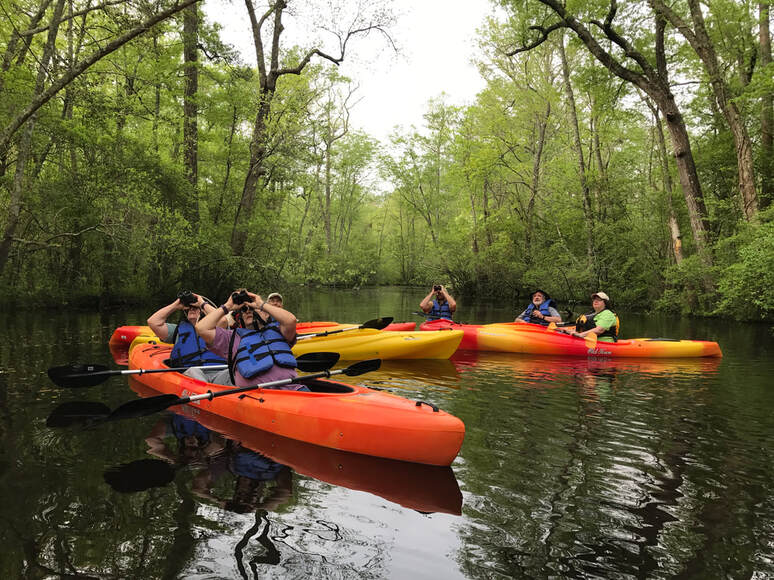
The Beach to Bay Heritage Area (BTBHA) is one of thirteen state-certified heritage areas. Through a variety of partnerships with individual citizens, representatives of various organizations, and public agencies, the Beach to Bay Heritage Area works to blend economic development at the local level with the conservation of the area's natural, cultural and historic resources in a regional heritage area approach that will better serve all counties and municipalities on Maryland's Lower Eastern Shore. The Beach to Bay Heritage Area is a grassroots, nonprofit organization whose purpose is to preserve, protect and promote the cultural, natural and historical heritage of Somerset, Wicomico and Worcester counties.
The Beach to Bay Heritage Area just underwent a rebranding process with the help of Choptank Communications. Through the interviewing and surveying of stakeholders in our tri-county area, we have honed our message and tightened our strategy to better serve our region. We are a regional partner for interpretation, stewardship, and appropriate development of the area's natural, historic and cultural resources. The area municipalities within the lower three counties have amended their comprehensive plans to participate in the certified heritage area plan implementation.
We are guided by our Certified Heritage Area Management Plan, approved by the State of Maryland and Maryland Heritage Area Authority (MHAA). Operational funding is provided in part by MHAA and through private and public donations. The key goal of the Beach to Bay Heritage Area plan is to stimulate cultural heritage tourism growth and the associated economic benefits, while preserving and promoting the heritage area through grants projects awards that are in keeping with our mission.
GRANTS
LESHC matching mini–grants program assists heritage-related sites and organizations, and municipalities to develop new and innovative programs, partnerships, exhibits, tours, events, and other initiatives that are consistent with the regional themes and activities in our Certified Management Plan. We encourage mini-grant proposals that include collaborative partnerships and enhance preservation, the stewardship of historical, cultural and/or natural resources, and heritage tourism.
This is Our Heritage
|
Maryland's Lower Eastern Shore is a rural region with a wealth of historic, cultural and natural resources that distinguish it from other places in the state and country. The lower shore counties of Somerset, Wicomico and Worcester encompass a vast region stretching from the shorelines of Tangier Sound and Chesapeake Bay to the washed beaches of the Atlantic seaboard. The Lower Eastern Shore Heritage Area is the only place in Maryland where the shores of the Atlantic Ocean and the Chesapeake Bay are only an hour apart.
From earliest time, life on the Lower Eastern Shore has depended on the Atlantic Ocean, the Chesapeake Bay, its tributaries, the marshes and land between. Compelling evidence of past peoples and cultures reverberates throughout the various corners of the region. The Manokin, Nanticoke, Pocomoke and Wicomico Rivers and the outer bays connect the past and present, towns with history, and homes with open spaces. The seafood industry and agriculture have long formed the backbone of the lower shore economy, sustaining a way of life built on the resources of land and water. A number of factors have adversely affected these traditional industries over the past decade, decreasing the economic base of the area and threatening its rich heritage. Wetlands and agriculture nestled between small towns and urban center. The quiet villages amid the beauty of the vibrant marshland and stoic forests. The sight and the sounds of the ocean, rivers and bay, as watermen guide their boats through the early morning mist. The glimpse of the deer standing in the field, bushy red fox trotting beside us and the vast array of birds flying overhead as we move along the road less traveled, are daily reminders of how precious this region is that we call the Lower Eastern Shore. |
Explore the Lower Eastern Shore
EventsThere are events across the tri-county area that are designed to educate and entertain. From film festivals in Ocean City to craft beer festivals, to the National Folk Life Festival in Salisbury. Explore special events at museums and more.
Find an Event Here. |
Our Heritage SitesWe have places to visit throughout our region and we categorize them to help you find your way: A Watery World, The Land of Plenty, Lifelines and Livelihoods, Military and Naval Heritage on the Lower Eastern Shore, Great Escapes and Land, Water & Action. Peruse our people & places and enrich your life!
|
Our Partner OrganizationsWe partner with all the organizations in our tri-county area to bring you the very best information to get your adventure started. We also work with historians, the tourism departments of each County, and with the counties and municipalities in our region. Looking for information, please check out our partners.
|
FEATURED DESTINATIONSSmith Island, Somerset County
|
FEATURED DESTINATIONSThe Cultural Center in Ewell on Somerset County's Smith IslandThe Rural Maryland Council funded the Beach to Bay Heritage Area to produce a series of virtual tours of the museums that help preserve, promote and protect the heritage of the lower Eastern Shore. Here is just one of these tours...
Cultural Center & Museum on Smith Island The Smith Island Cultural Center is in the village of Ewell, a short walk from the county wharf. The Crisfield and Smith Island Cultural Alliance, Inc. operates the museum and gift shop, which is open daily from 12:00 - 4:00 from May 1st through late October. Admission is $3. Click on the link to join the Beach to Bay Heritage Area as we tour museums across the lower Eastern Shore. All these tours were funded by the Rural Maryland Council |
FEATURED DESTINATIONSAfrican American Heritage Tour, Worcester CountyThe history of the African-American experience in Worcester County consists of a complex fabric of written facts and oral traditions, as well as people of local, state and national prominence. Worcester County's African American community can point to a long and rich history of people, places and events that have helped shape the cultural traditions of the Delmarva Peninsula. However, the full history of the African-American experience on the Eastern Shore has yet to be researched or written.
It is a sincere hope that this document may spur others to learn more about their own families or research individuals who have contributed in other ways to the complex and interwoven cultural fabric that distinguishes this unique region |

